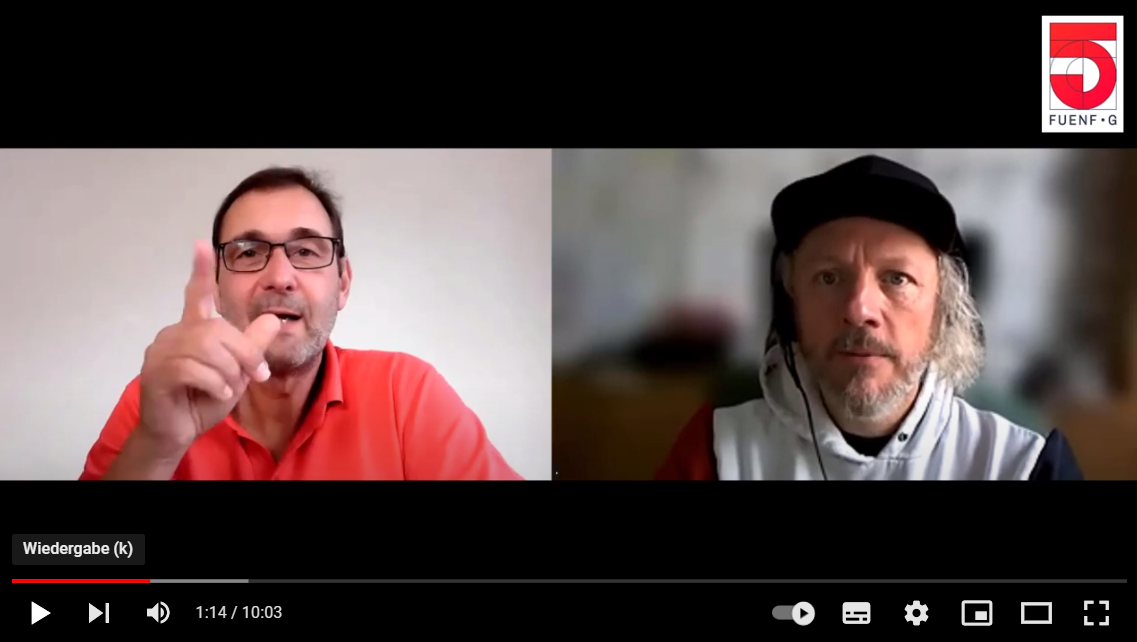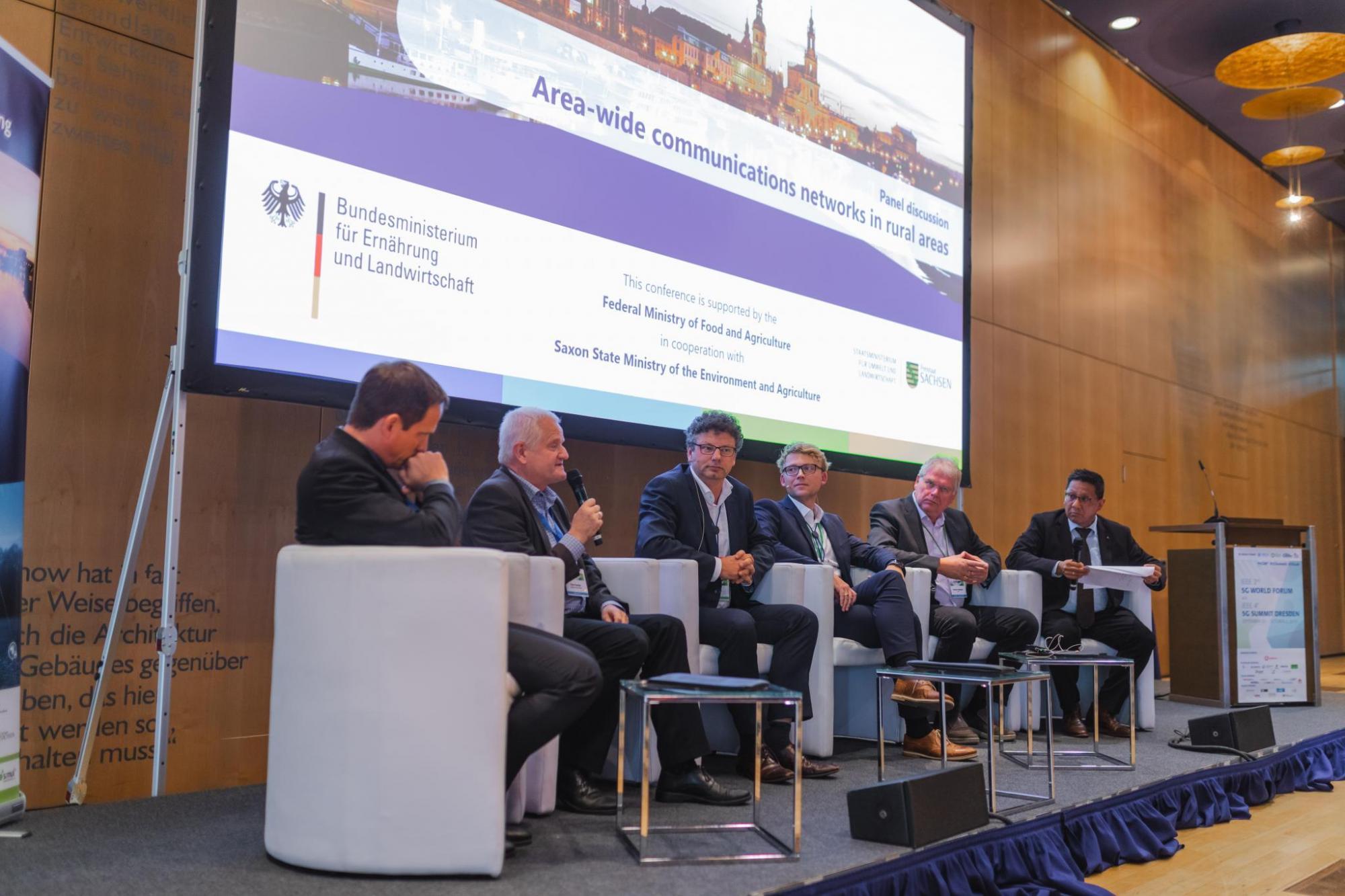Sponsor article

The success of the replacement for LTE in Germany will depend to a large extent on how future applications can also be implemented on a large scale.
The new mobile communications standard 5G enables numerous new applications in the economy (Economy 4.0, agriculture, crafts), in the field of mobility, in the development of Smart Cities and Smart Regions or in e-government. The new and improved applications promise enormous economic benefits.
The coalition agreement of the Federal Government stipulates that “new frequencies shall only be allocated in return for nationwide coverage”. The 5G Lab Germany Dresden understands a nationwide coverage to mean the equality of living conditions. This means: in rural areas the same applications/services must function as in urban or semi-urban areas where competition produces the best market results.
In so-called rural areas, where the market alone does not lead to economically satisfactory results, the framework conditions (auction design, supply conditions, promotion, regulation) must be interlinked in such a way that equivalence is also ensured with regard to Gigabit Internet access.
Learning from the missed opportunities
It is important to learn from the missed opportunities of the past. Orientation of the supply requirements solely to the supply of households is by far not sufficient and excludes large areas of Germany that are used, for example, for agriculture, forestry or tourism. And the supply requirements formulated in the coalition agreement or in announcements of the Federal Network Agency or its advisory board with regard to railroad lines and certain road categories are also insufficient.
The coalition agreement and to some extent the public discussion suggest that there are high revenue expectations with regard to the auction of frequencies in the 2 GHz and 3.6 GHz ranges. However, short-term government profit maximization should take a back seat to the prospect of nationwide coverage.
Because in the medium term, nationwide coverage with 5G wireless technology is a matter of the future economic strength of our country. The redistribution of income in the form of subsidies for the nationwide rollout of fixed fiber optics could ultimately lead to further market concentration, with negative implications for market supply as a whole.
Area-wide application of 5G
This paper is intended to contribute to the discussion on how to enable nationwide applications based on 5G mobile phone technology in Germany. The paper outlines measures for the short-term allocation of frequencies in the 2 GHz and 3.6 GHz ranges as well as for the long-term shaping of frequency policy.
The approach in brief: In order to achieve an actual nationwide coverage of high-performance 5G mobile communications, the upcoming auction of mobile radio frequencies will be preceded by an additional auction stage. In this upstream auction, the economically unprofitable rural areas are to be auctioned off among the network operators at “negative prices”. The upstream auction will not end until all (previously defined and demarcated) rural areas have been distributed among the three network operators so that one network operator each is responsible for the network roll-out in a defined area, making full use of the new frequency bands and its own existing frequency bands.
The network operators receive operator protection for at least 5 years for the areas auctioned in this way. The associated advantage makes the supply of the areas economically attractive for the operators. In order to continue to promote expansion in rural areas, the network operator will be reimbursed for all expenses for 5G expansion in its lead regions, less depreciation, up to the amount that the respective network operator had to spend for the auction in the 2 GHz and 3.6 GHz frequency ranges scheduled by the Federal Network Agency and following the auction (cash back). In return, the network operators undertake to roam in the areas they exclusively supply and to supply 98 percent of the area with more than 10 Mbit/s and 5 ms latency within three years (until the beginning of 2023). Further improvements are agreed for the following years.
This discussion paper of the 5G Lab Germany Dresden was initiated by the associations DIHK, DLT, ZDH and DBV.
Read also the detailed version in german „Ansatz für die Ausgestaltung der Frequenzvergabe in den Bereichen 2 GHz und 3,6 GHz“






Leave A Comment